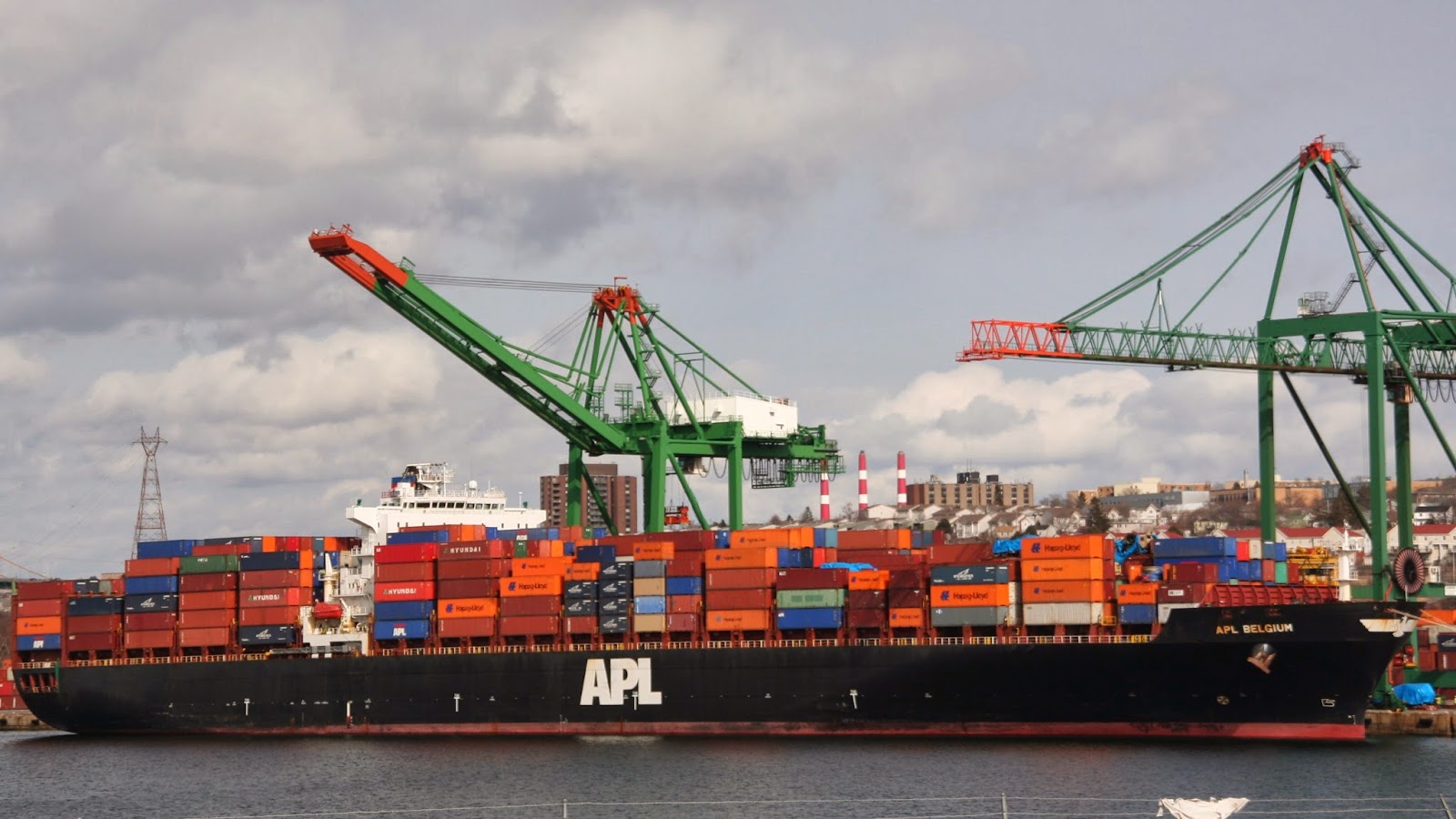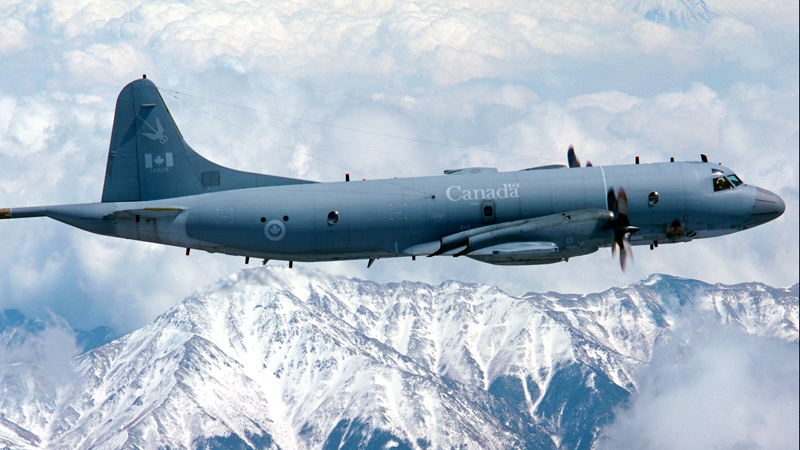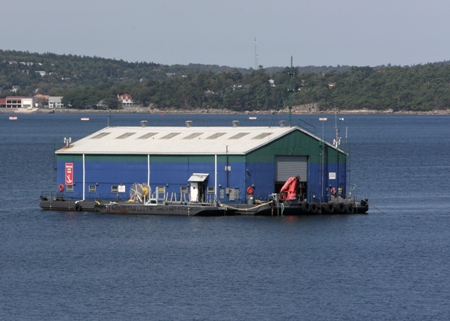The Articulated Tug And Barge Victorious with John J Carrick have been frequent visitors to Halifax over the years. Typically they are delivering liquid Asphalt to the McAsphalt Dock in Eastern Passage. This year, they spent the winter in halifax, arriving on January 23rd. They served as a supply base for their sister company Stirling Fuels. Stirling Marine Fuels chartered the Algoma Dartmouth from Algoma, and is operating the Bunkering Service in Halifax, since imperial oil shut down the refinery, and announced they would no longer be importing Bunker C Fuel. The long term plans are unknown at this point, but the barge has enough oil left to fill Algoma Dartmouth one more time, and will then head back to the great lakes, presumably after the 31st when the seaway re-opens.
I was able to get in touch with the Captain, and after clearing it with head office, I was able to Get a Tour. So thanks go to both.
Looking out across the Deck of the John J Carrick, Take a Moment to notice how clean it is. I spent 45 minutes aboard, and my hands end up dirtier after paying for gas.
Looking across the deck, the John J Carrack has 12 tanks, 6 port and 6 starboard. she is capable of carrying 11000 tons of product. compared to other tankers she is relatively simple as she is only equipped to handle one commodity at a time. The hatches protruding allow access to the tanks for cleaning, maintenance and sounding. At the stern of the barge, are 2 pump rooms, and an engine room that contains heaters to warm the product so it flows.
(Above) View forward from the bridge wing. (Below) the tug inserted in the notch from the barge
(below)The Bow of the tug from the bridge. the gang plank allows the crew to walk between the tug and barge.
(Below) Bolt down hatch removed opening to the Void space leading to the ballast tanks.
(Above and Bellow) the Bow thruster compartment in the bow of the barge 4 decks down. the thruster uses a Jet of water unlike other vessels with a sideways mounted propellor.
(Above) the pin in the notch on the outside. note the various levels based on the draft of the barge. (Below) the machinery that retracts the pin the pin is housed in the cylinder when retracted.

(Above) the bridge, note the ships wheel to the left, and the throttle controls to the right. Not shown are 2 radar displays on the far right, and the engine room displays on the far left.
A

(Above) Inside the engine room. note the Red MAK engine on the left (there is also one on the right)
(Below) Rudder compartment. note the linkage to the port rudder, there is another to starboard not shown.
The remainder of the tug Contains a Large galley and mess, as well as Sleeping Quarters for the crew.























